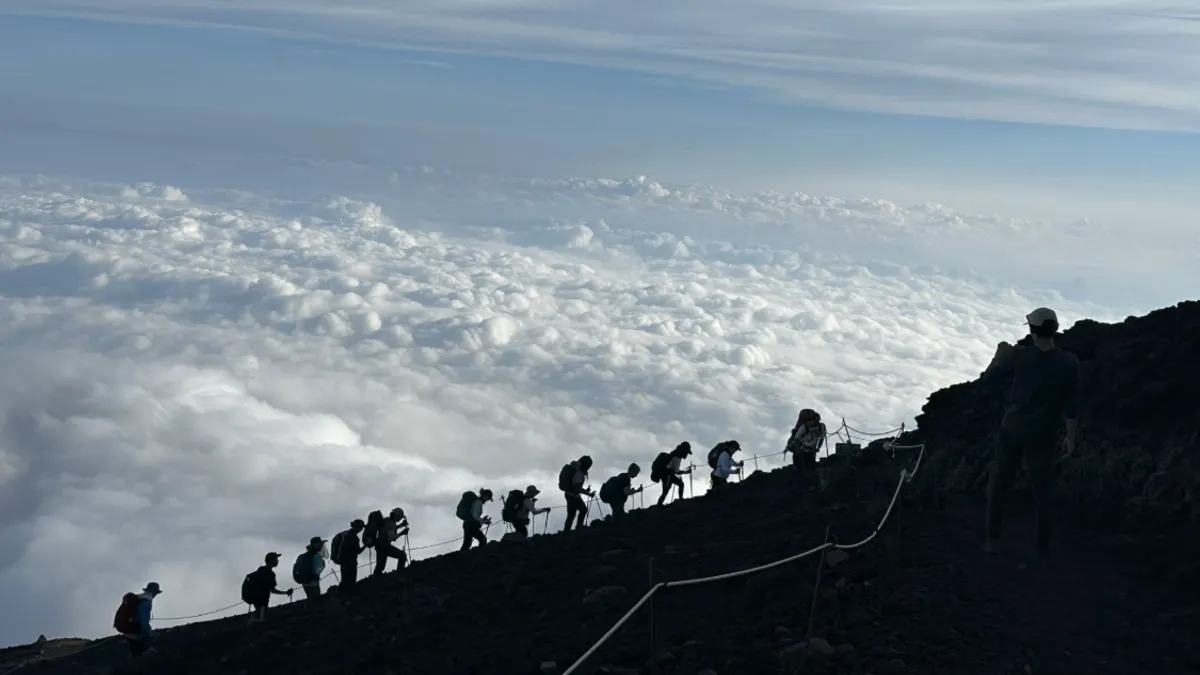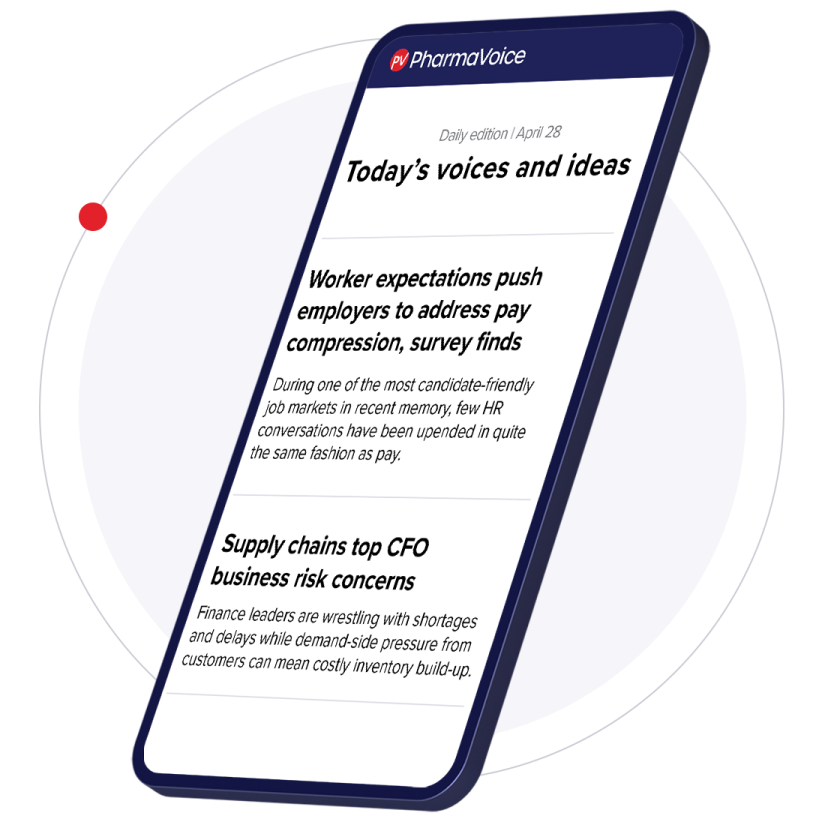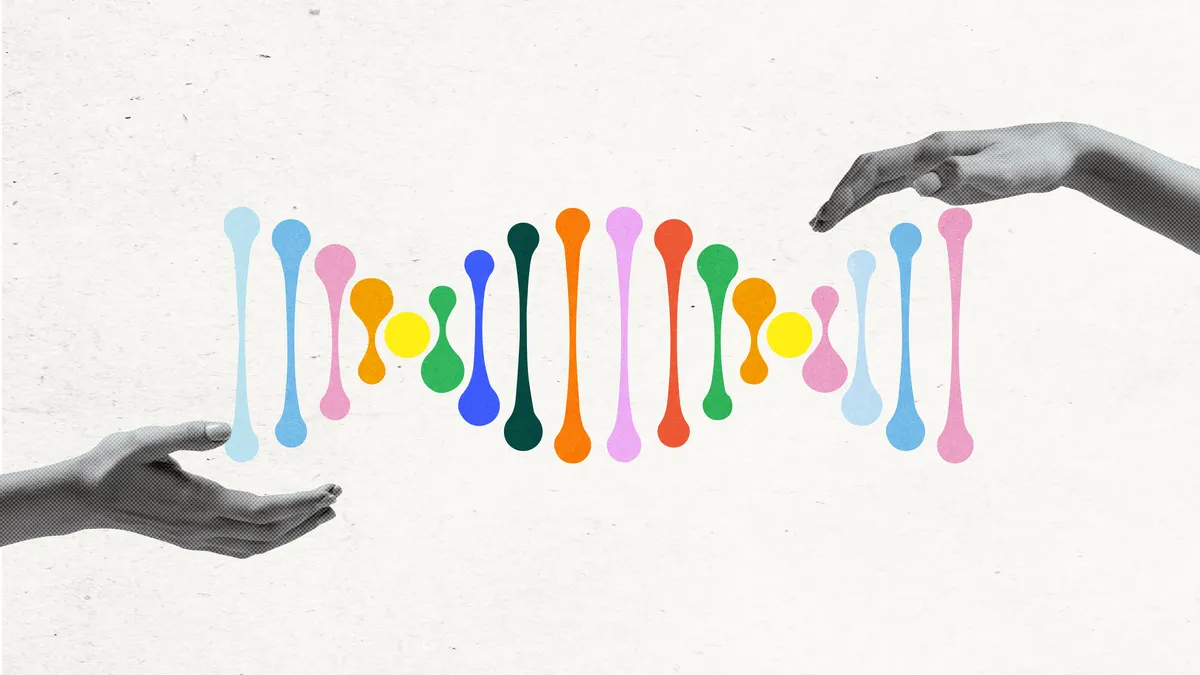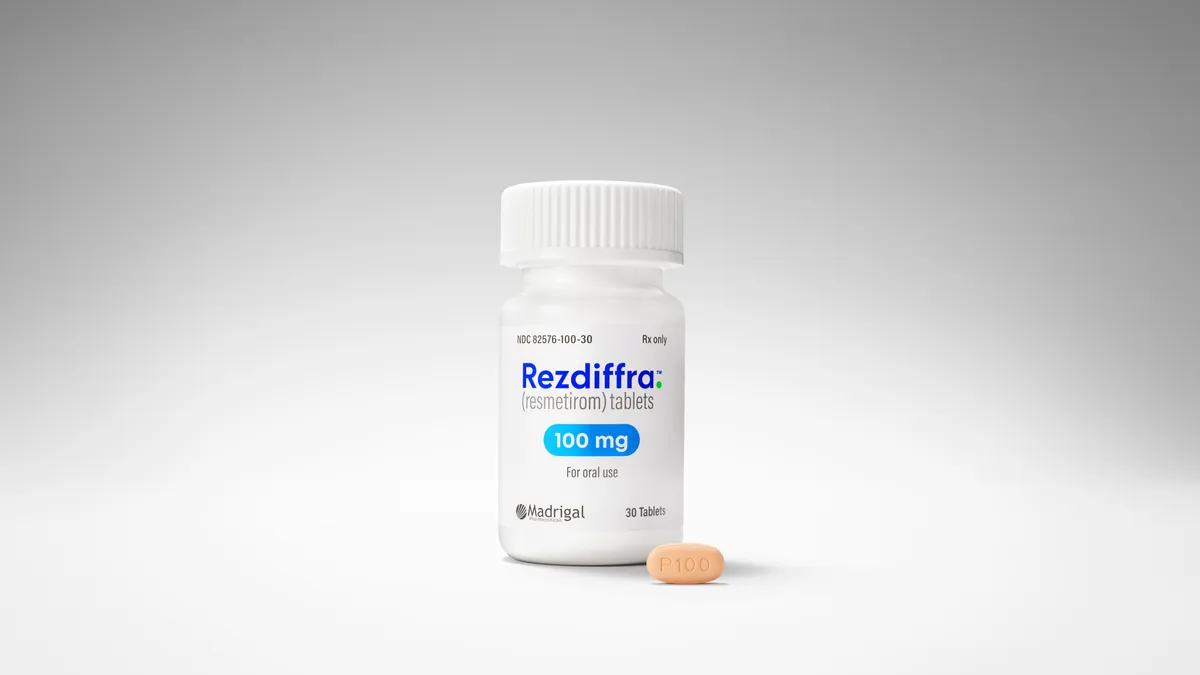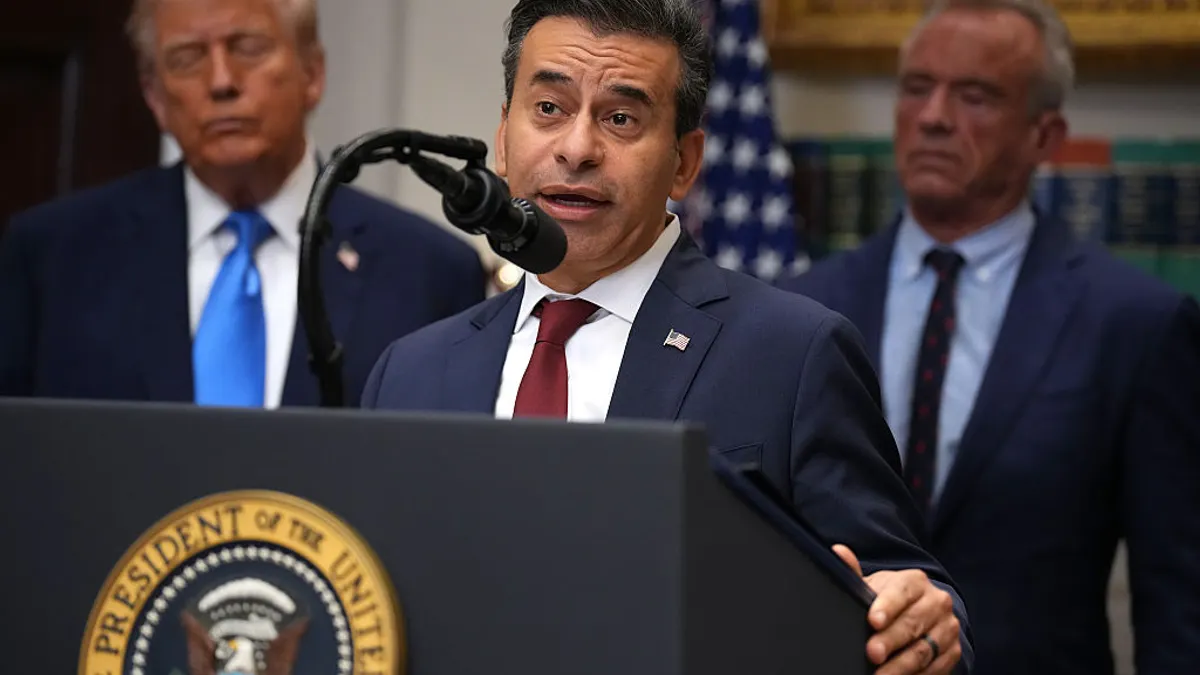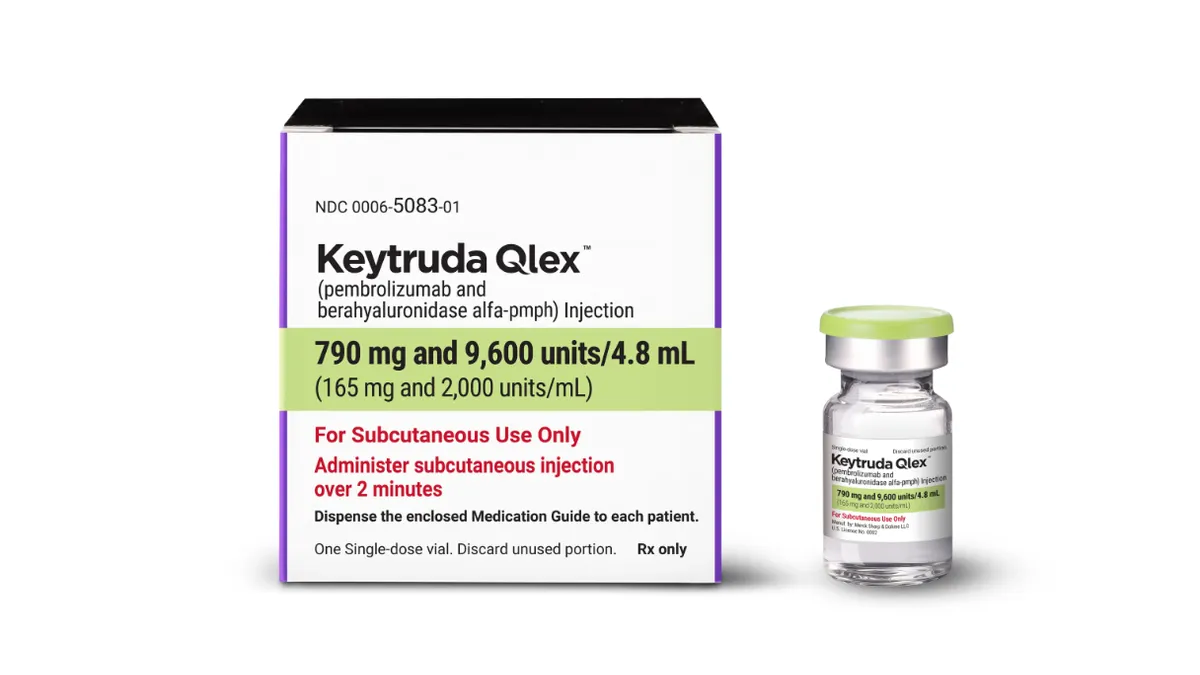The sun had yet to rise the morning Chi Onyebuchi and a team of climbers from Japanese pharma giant Takeda left their hut along Mount Fuji’s Yoshida trail. After trekking more than 10,000 feet the day before, they had their sights set on the iconic peak’s 12,390-foot summit.
When they reached the mountaintop as the sun crested the horizon, Onyebuchi and her colleagues celebrated not only a personal and team achievement, but also the climb’s higher purpose: courting a need for human plasma donations.
“It made me feel so grateful about the work I do on a day-to-day basis,” said Onyebuchi, global program lead for plasma-derived therapies R&D at Takeda. “We've been able, through these efforts, to raise awareness of plasma-derived therapies and about the importance of plasma.”
Takeda is one of the top three plasma companies in the world, with plasma-derived therapies making up more than a fifth of its revenue, the company said. The drugmaker has more than 20 brands in its PDT portfolio, which includes disease areas such as immunodeficiencies, neuroimmunology, hematology, pulmonology, and specialty and critical care.
Since PDT starts with human plasma donations, Takeda also operates BioLife Plasma Services, a global plasma donation network with more than 260 facilities throughout the U.S. and Europe.
But convincing people to make plasma donations is a key challenge of producing PDTs.
“There's a critical need for donations to support plasma-derived therapies,” Onyebuchi said. “There are patients that require these to live — patients with rare diseases that don't have other treatment options.”

Climbing with purpose
For the Takeda climbing team, summitting Mt. Fuji served several purposes.
First, they aimed to raise awareness of the need for human donors, with the Japanese Red Cross conducting a blood donation drive at Takeda’s Tokyo headquarters and encouraging employees to donate.
Second, the climb raised money for three nonprofits: the Immune Deficiency Foundation and the Jeffrey Modell Foundation, which support primary immunodeficiency diagnosis, treatments and patient advocacy; and the GBS/CIDP Foundation International which supports patients and families affected by Guillain-Barré syndrome, chronic inflammatory demyelinating polyneuropathy, multifocal motor neuropathy and related conditions.
“These organizations represent patients that can be treated with plasma-derived therapies that we manufacture, and it will be up to those three individual organizations’ discretion to use the money,” Onyebuchi said.
She added that while fundraising totals hadn’t been tallied at press time, Takeda would be matching employee donations, and any money raised would be split evenly between the three groups.
The climb also coincided with Takeda entering the Japanese PDT market. The company established its PDT business unit after acquiring Shire in 2019, and has continued to invest in and develop plasma operations by expanding access to therapies in the company’s home country of Japan.
“We wanted to recognize that we're delivering these life-sustaining products to patients in Japan,” Onyebuchi said of the climb. “They’re our home market. It was a source of pride for us, and we wanted to … celebrate that in a special way.”
Over the last two years, Takeda’s plasma unit nabbed five regulatory approvals across four therapies, with three of the products launched and a fourth expected to launch in fiscal year 2025, the company said. Among them is the first subcutaneous immunoglobulin therapy approved in Japan for the immunodeficiency disorders agammaglobulinemia and hypogammaglobulinemia, which was OK’d in December.
The company also announced a plan to spend 100 billion yen ($679 million) to build a new manufacturing facility for plasma-derived therapies in Japan, marking Takeda’s biggest manufacturing investment there and the largest facility of its kind in the country.
Mount Fuji is one of Japan’s most sacred places, and Onyebuchi said that climbing the mountain — especially as a team — is a symbolic and meaningful way to raise awareness of the need for plasma in Japan and around the world.
“If it inspires even one or two people to go out and donate plasma, our effort would have been successful. Because there’s growing awareness and growing diagnoses of these conditions, we require more and more plasma-derived therapy,” she said.

